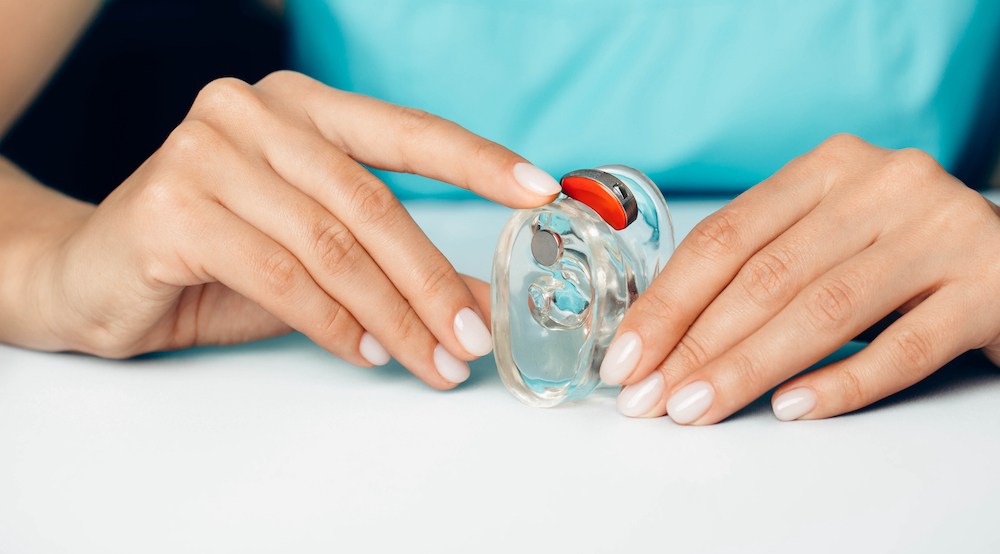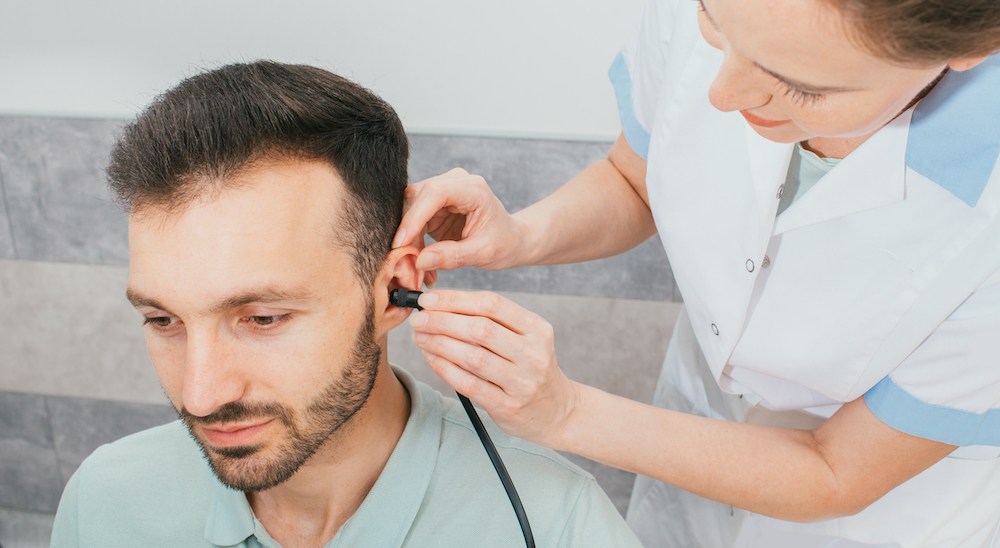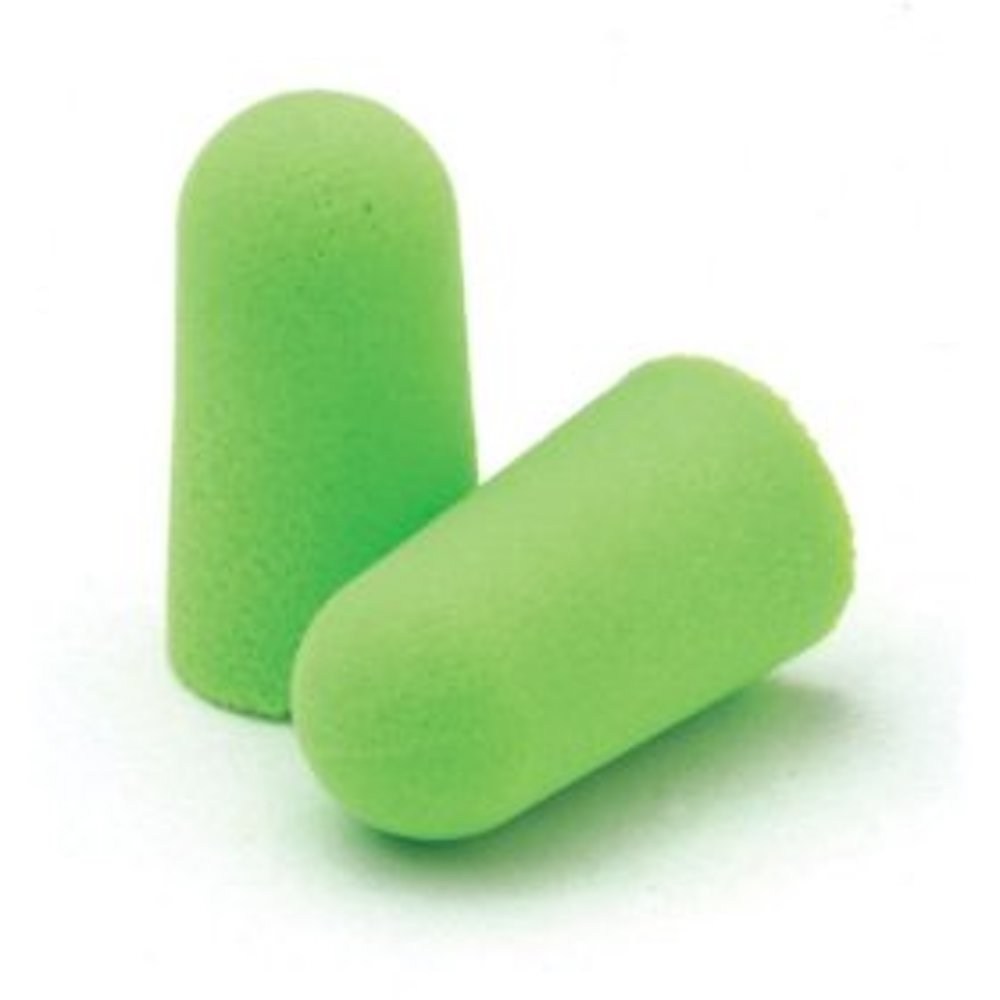Understanding the Basics of Hearing Tests
It can be determined by a professional if you have hearing loss by a


It can be determined by a professional if you have hearing loss by a

When engaging in outdoor activities, there are numerous factors to keep in

Understanding the basics of a hearing aid fitting and choosing the right